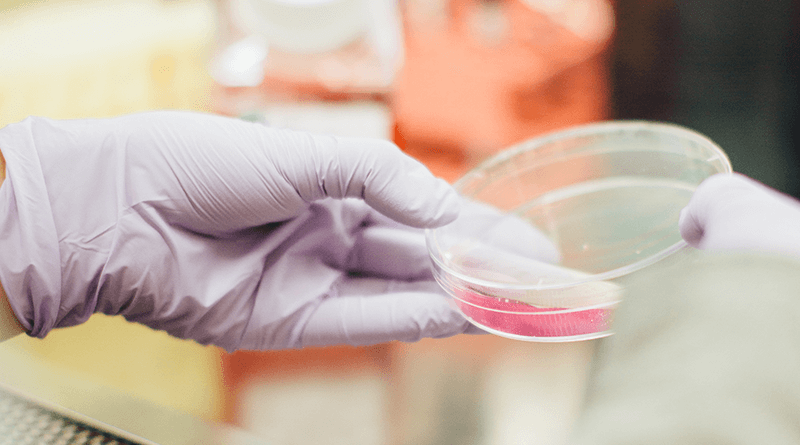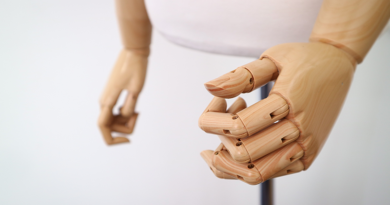Diagnosis & Tests of Gout
Severe pain in a joint is one of the most common and noticeable symptoms of a gout attack. But not all joint pains are symptoms of gout. For it to be considered as gout, there have to be some other symptoms like the time of the attack, tenderness, and stiffness around the joint, etc. But the most accurate way to diagnose gout is to check joints for the presence of crystals. Tests to help diagnose gout may include:
Joint fluid test
A sample of fluid (synovial fluid test) is usually taken from the affected joint by using a needle and examined under the microscope to check the presence of urate crystals. This test should be done when one or more of your bones are swollen, red, and painful.
Blood test for uric acid
The doctor may recommend a blood test (serum uric acid) to measure the levels of uric acid and creatinine Presence in blood. Uric acid is a chemical that’s typically found in the blood as a waste product from the breakdown of certain foods like purine. People with gout have too much (above 6.8 milligrams per deciliter) uric acid in their blood. But this isn’t a definitive sign of gout, since healthy people without gout may also have high uric acid levels in their blood.

Corporate Wellness App
CircleCare
X-ray imaging
A joint X-ray is rarely used to diagnose gout because inflammation caused by gout is not usually detectable using this method. But it can be helpful to rule out other causes of joint inflammation. Also if its 6-8 years after the initial attack, radiographic bony changes might be revealed.
Ultrasound scan
Ultrasound can detect urate crystals in a joint or in a tophus. It is a safe and straightforward investigation that is increasingly used to identify urate crystals within the joint cartilage.
For more gout management resources download CircleCare App.









Pingback:How Your Blood Test Will Be Kept and Treated - CircleCare